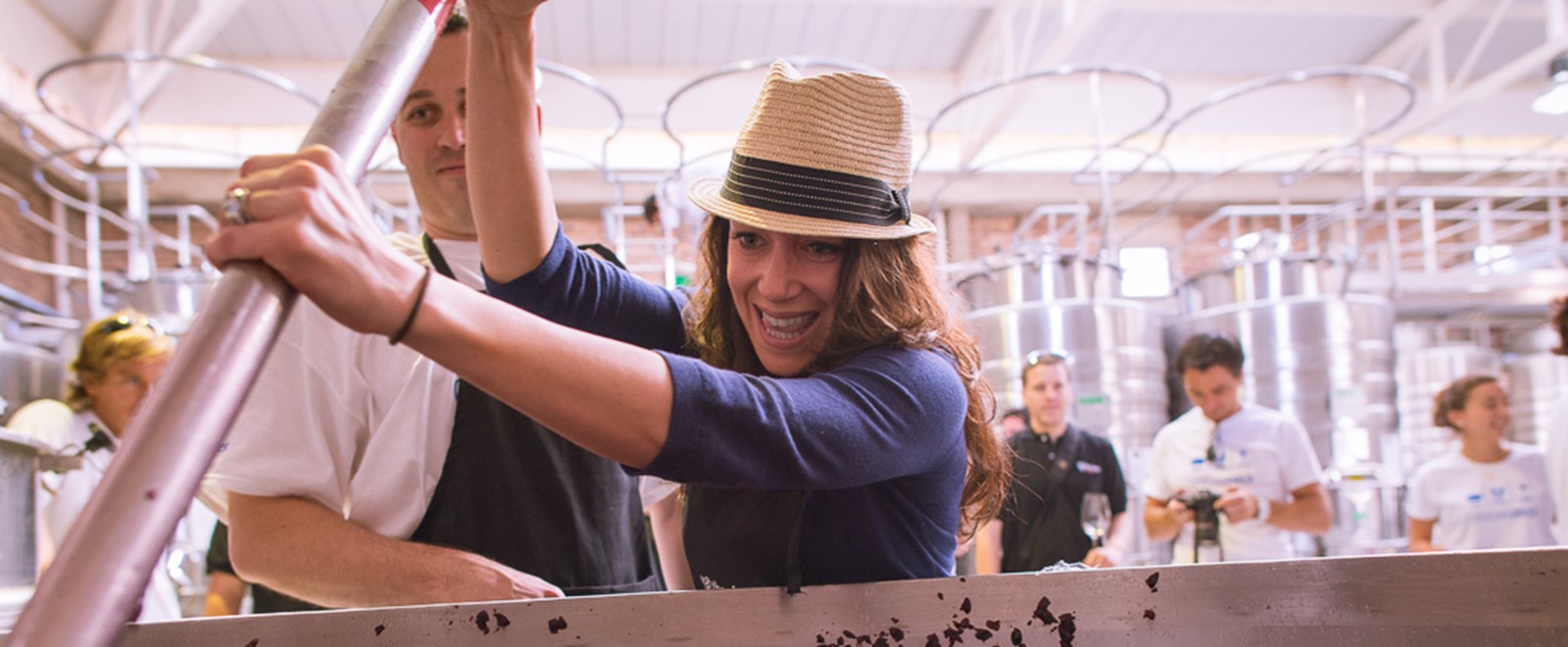I remember some years ago, I was walking my father’s vineyard at winter time, and I told my dad that the vines look gloomy without leaves. He answered “They don’t look gloomy… They are showing you their soul. Looking at them you can see their essence, their strength and weakness… You can see their skeleton and help them to become in what you want them to become by encouraging their natural process through the pruning”


It is winter time in Mendoza… it is time for PRUNING at PRIVATE VINEYARD ESTATES!
I spent last weekend learning how to prune with Francisco Evangelista, our Private Vineyard Estate senior agronomist. I have to confess that now I understand perfectly what my father talked about. Pruning is not just a chore; it is a task that requires consciousness and dedication. Each vine is different and needs your comprehension. Pruning preserves the natural vine equilibrium. It helps to keep the vine in the shape you want it in. It allows you to have a good expected crop of the best quality grapes you can have year after year after year.
Once the leaves have fallen, the vine grower makes the most of the vine’s dormancy, when the sap no longer flows, to successfully carry out the pruning of the vine. The aim is to control the natural development of the vine, to guide it in the direction wanted by the vine grower. In the Southern Hemisphere, it generally starts in June after the first frosts, and ends in August. Pruning can be done during the entire period of vegetative dormancy, from the falling of the leaves to the budding season.
At Private Vineyard Estates, once the vines went into a dormant state, we started to prune each vine to form the permanent structure, specifically the trunk and cordons. We are using a bilateral cordon system. Franciso explains to me that a bilateral cordon helps to have a higher porcentage of budbreaks, a better fertility in buds and it is easier to prune.
During the first dormant period (2008), canes were pruned back to two bud spurs, which provided the shoots that now have been selected for trunk development. During the second dormant period (2009) of these vines, Francisco and his team are selecting the best lateral canes based on position, vigor and health to form the bilateral cordons. Any remaining lower lateral canes are being pruned and the cordons cut back to the appropriate length. In cases where we replanted vines, we are pruning the vine down to two buds so as to give the plant enough energy to develop adequately for the next growing season.
Being surrounded by such stunning landscape framed by the Andes, and being part of the future of those vines is a breathtaking experience. Next time, when you visit a vineyard in winter time… don’t ever think vines look dull… you are looking them through… you are discovering their essence.
Bellow I attach some useful information to learn about Pruning and Vines
Source: www.ead.univ-angers.fr
www.winedoctor.com
www.books.google.com – Wine Grape varietals
Vine pruning principles
Pruning aims to reduce the number of branches in order to enable the sap to flow to the fruit, thus making the plant more productive both in quantity and quality. Pruning has several aims which influence both the quality of the grape ( table 1) and the quality of the wine, but hence also the perenniality of the vine.
The pruner’s task (table 2) is to cut different parts of the vine stock in order to direct yearly growth so that it follows a pre-established pattern to obtain the desires results.


 GLOSSARY
GLOSSARY
Arms: the portion of the cordon or trunk from which the fruiting units arise.
Bilateral cordon: the trunk is divided into two permanent horizontal branches each supported by a wire and extending in opposite directions. The fruiting positions originate off these cordons.
Blind bud: nodes or spurs or canes from which there is no budbreak in the spring.
Buds: an undeveloped or compressed stem.
Cane: it is one-year old wood which has to be pruned in a specific manner to ensure the production of grapes. It gives the vine its orientation during the development of vine shoots and grapes. In most pruning systems the cane is tied to a training wire.
Canopy: the above-ground parts of the vine, especially its leaves
Grafting: broadly, inserting a section of one plant into another so that they unite and grow as one plant. In a viticultural context, usually grafting a European fruiting vine on to a rootstock, often chosen for its resistance to phylloxera .
Head: the portion of the trunk where arms or cordons originate.
Heel: is the buried part of the stock, i.e. its roots.
Spur bearer: one year old wood growing from old wood or two-year old
wood. Pruned short, it is used as a safeguard in case of insufficient growth of the
cane.
Suckers: grow from old wood. They are theoretically non productive.
Tendril: a slender, usually branched two or more times structure that coils around objects and supports the shoot.
Trunk: the main stem or body of a vine between the roots and the place where it divides to form branches.
Vigour:a vine's natural tendency to sprout forth leaves.
Vine shoots: small diameter young wood (1 year old) growing level with
the cane. They bear the fruit of the vine.
